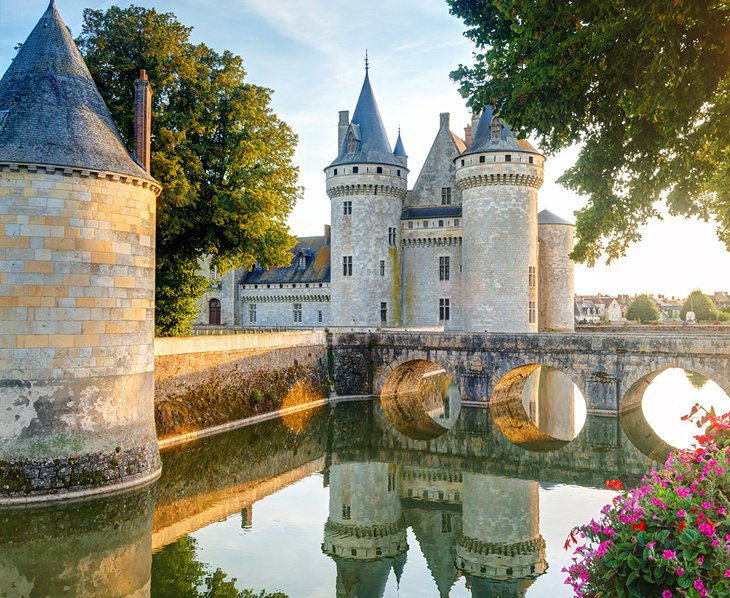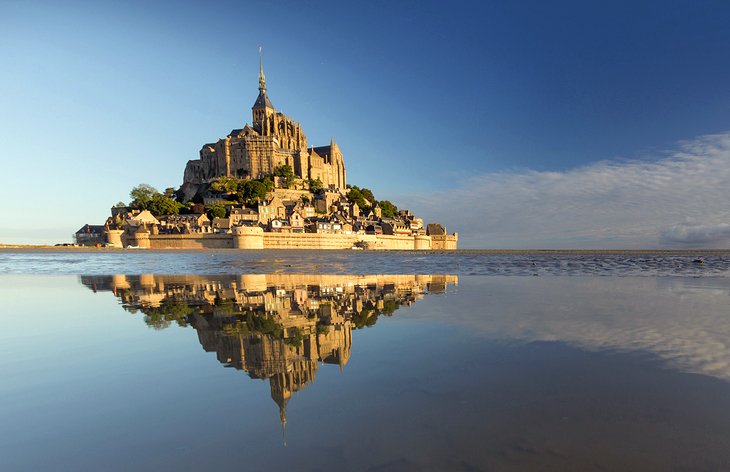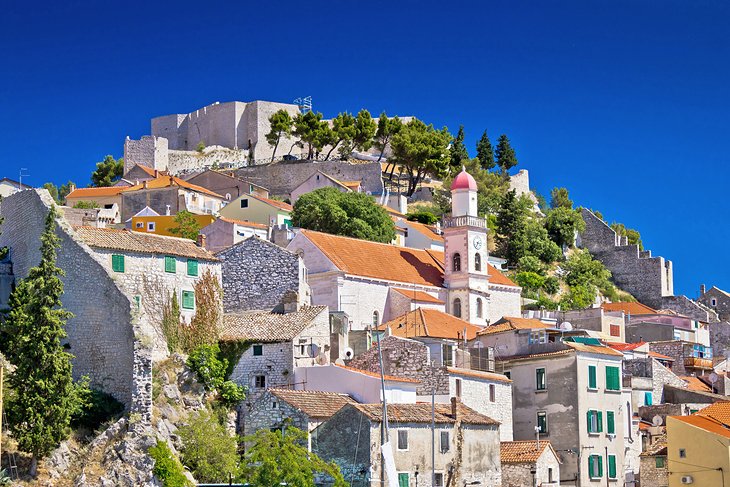Château de Versailles
.jpeg)
The Palace of Versailles is a former royal house that King Louis XIV ordered built. It is situated in the Yvelines Department in the Île-de-France region of France, approximately 18 kilometers (11 miles) west of Paris.
The French government owns the palace, which has been run by the Public Establishment of the Palace, Museum and National Estate of Versailles since 1995 under the authority of the French Ministry of Culture. One of the most visited tourist destinations worldwide, Versailles' palace, park, and gardens welcome almost 15,000,000 visitors annually.In 1623, Louis XIII constructed a hunting lodge at Versailles. The château underwent multiple expansions in phases between 1661 and 1715 under his successor, Louis XIV. Both kings loved living there, and when Louis XIV relocated his court and government to Versailles in 1682, the palace became the de facto capital of France. Kings Louis XV and Louis XVI carried on this situation, mostly renovating the palace's interior, but the French court and royal family left Paris in 1789. The population of the nearby city fell, and the Palace of Versailles was mainly deserted and stripped of its belongings for the remainder of the French Revolution.From 1810 until 1814, Napoleon utilized the Grand Trianon, a secondary palace, as a summer house after being crowned Emperor; he did not occupy the main palace during this time. When the monarch was reinstated after the Bourbon Restoration, he lived in Paris, and the palace did not undergo significant restoration until the 1830s. The courtiers apartments of the southern wing were replaced by a museum of French history.Because of its significance as the epicenter of French power, art, and science in the 17th and 18th centuries, the palace and park were named a UNESCO World Heritage Site in 1979.The palace, its gardens, and a few of its auxiliary buildings are listed as culturally significant monuments by the French Ministry of Culture.Generally speaking, spring (April to June) or fall (September to October) are the finest seasons to visit Versailles. The weather is delightfully temperate during these months, and the Palace of Versailles' gardens are either in full flower or exquisitely in the fall, providing the perfect setting for your visit.
The magnificent regal heritage of France is brought to life at the UNESCO-listed Château de Versailles. Travel back to France's ancien régime period, when Louis XIV (the "Sun King"), Louis XV, and Louis XVI were in power. The Palace of Versailles established the benchmark for European princely courts throughout that time.The Hall of Mirrors, where courtiers awaited a meeting with His Majesty, is the most magnificent area of the castle. Sunlight streams in through the windows and bounces off hundreds of decorative mirrors in this stunning gallery. Dozens of gleaming chandeliers and gilded accents add to the overall magnificent effect.Versailles is also well known for its classic French gardens, known as Les Jardins, which have many statues, exquisite fountains, well-kept vegetation, and ornamental pools. 800 hectares of verdant parkland encircle the gardens, which were designed in the 17th century by famed landscape architect André Le Nôtre.The Domaine de Trianon, which is beyond the formal gardens, is home to the Grand Trianon chateau, the Petit Trianon château, and the Queen's Hamlet, Marie-Antoinette's imagined pastoral village with charming cottages encircling a lake.
The agricultural architecture of the Normandy region served as the model for the structures in Marie-Antoinette's hamlet. (During the 18th century, aristocratic estates frequently had faux pastoral hamlets.) Although the interiors were beautifully furnished, the "farmhouse" and "cottage" buildings were purposefully portrayed with a worn finish to give them a rustic appearance.
French architecture from the 1630s to the 1780s is visually chronicled at the Palace of Versailles. Its oldest section, the corps de logis, was constructed for Louis XIII in the manner of his reign using brick, marble, and slate. In the 1660s, Le Vau encircled it with Enveloppe, a structure modeled by Italian villas from the Renaissance.The Enveloppe served as the inspiration for Jules Hardouin-Mansart's subsequent additions to the palace in the 1680s. Ange-Jacques Gabriel remodeled the Ministers' Wings in the 1770s, and the palace had neoclassical modifications following the Bourbon Restoration.Getting there:
By Train Versailles Château Rive Gauche station (RER C) is ten minutes' walk away.
Advice: To avoid lines in the evening, purchase two tickets (round-trip) from your station to Versailles in the morning.
By Bus: Tuesday through Sunday, there is a shuttle from the Eiffel Tower....
To get to the Château de Versailles by car, take exit number five off the A13 highway, head toward Versailles Center, and then follow the instructions.
By Admin
21 May 2025
.jpeg)


.jpeg)

